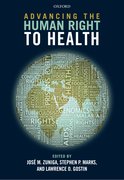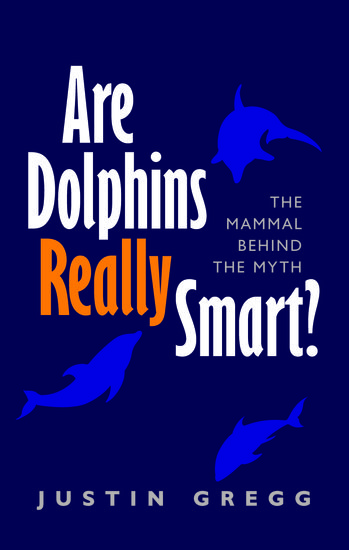The migration-displacement nexus
By Khalid Koser
International Migrants Day is intended to celebrate the enormous contribution that migrants make to economic growth and development, social innovation, and cultural diversity, worldwide. It also reminds us of the importance of protecting the human rights of migrants.











